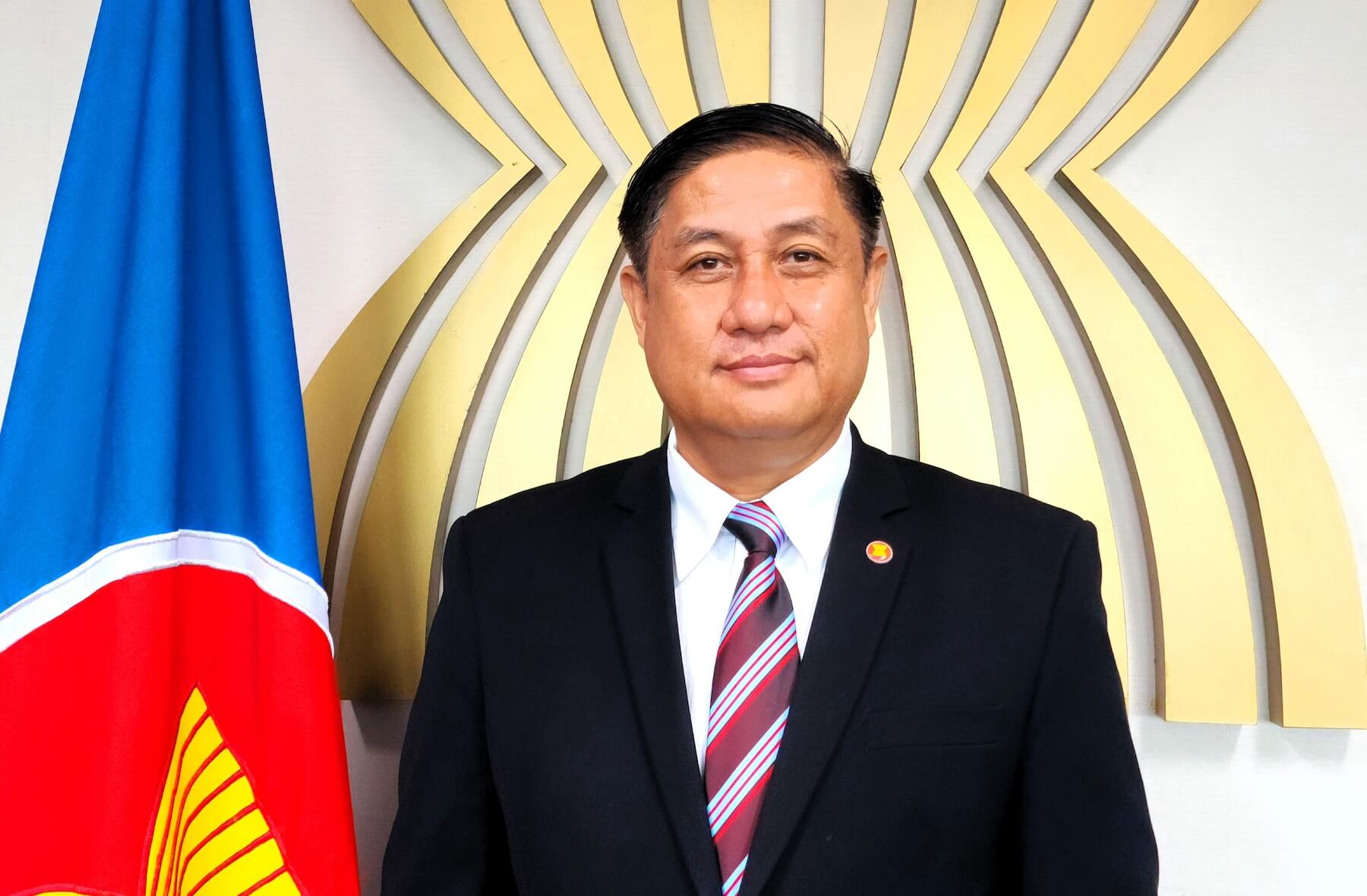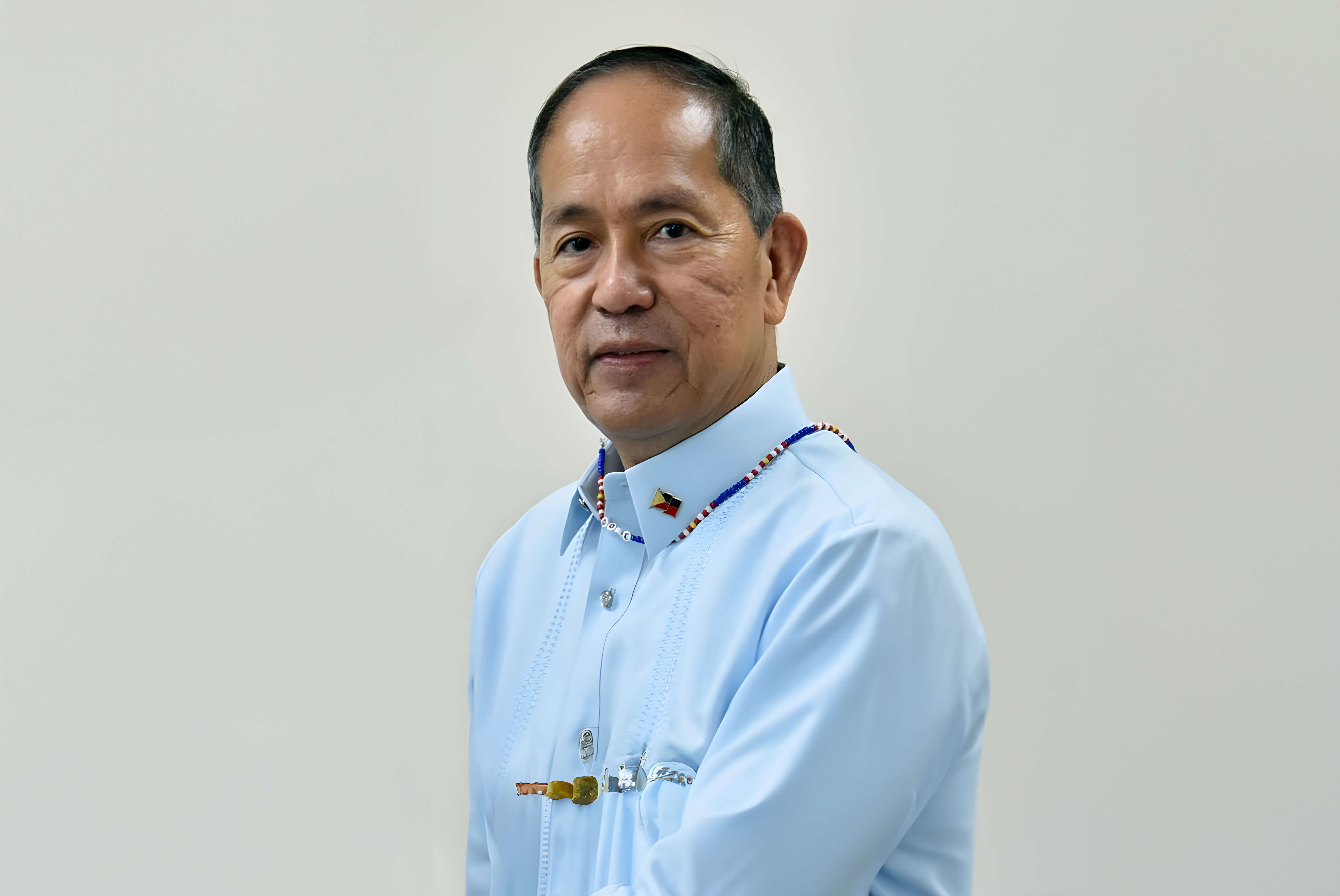


In a worldwide race towards digital economy transition, ASEAN is set to pull ahead of the throng.
The conditions are ripe for digital transformation to happen. As of 2022, ASEAN has 460 million Internet users, 100 million of whom joined in the last three years alone, based on the e-Conomy SEA 2022 study led by Google, Temasek, and Bain & Co. By end of 2022, 370 million of these Internet users will become digital consumers, i.e. those who buy products and services through digital channels.
Ninety per cent of the digital merchants in the Google-commissioned Dynata SEA-6 Digital Merchant Survey 2021 say they are now accepting digital payments. About 35 per cent of them attribute their businesses’ survival to digital transactions, and 82 per cent of them expect more than half of their earnings to come from digital sales in the next five years.
In total, merchandise sold via digital channels—also referred to as gross merchandise value (GMV)—will reach 194 billion US dollars by end of 2022, according to e-Conomy SEA 2022. The region’s GMV is expected to soar to 363 billion US dollars by 2025. And by 2030, it is projected to reach 1 trillion US dollars, with e-commerce activities contributing the lion’s share.
But despite these promising projections, several challenges may set back the region’s digital transformation.
The ASEAN Digital Integration Index, which indicates how ASEAN Member States fare against other AsiaPacific countries in terms of digital integration, flagged some of these challenges.
The shortage of digital skills was cited as the most pressing problem for ASEAN. Demand for a digitalsavvy workforce is growing among businesses across economic sectors, but the talent pool remains limited. This skills mismatch impedes businesses’ ability to grow, innovate, and be highly competitive.
Support for innovation and entrepreneurship is also lagging. In most Member States, the proportion of GDP spent on research and development remains inadequate, venture capital is scarce, and intellectual property protection frameworks are flawed. These can discourage businesses from developing new products and services, improving processes, and securing patents.
Meanwhile, the application of digital technologies to ease cross-border trade of goods and services—delivered either digitally or physically—and automate logistics movement is still in the early stages. More needs to be done in terms of using electronic documents for pre-arrival processing, e-payments facilities, and IT-enabled single window system, among other digital solutions.
Cyber threats are likewise outpacing data protection and cybersecurity measures of ASEAN Member States. While policies are in place, technical and institutional capabilities are lacking to parry cyber attacks and data breaches. They can erode business and consumer trust and deter the use of digital solutions. The top 1,000 companies in the region could lose as much as 750 billion US dollars in market capitalisation due to cyber threats, according to a 2018 study by A.T. Kearney.
For segments of the ASEAN population, digital banking and other financial transactions remain elusive. Crossborder digital financial services, in particular, have not gained a foothold. Without digital finance, transactions are slower, costlier, and less transparent for individuals, businesses, and governments.
These challenges were top of mind when the ASEAN Economic Community was formulating its goals, priorities, and plans for attaining digital transformation and integration. The overall plan of action is contained in the Bandar Seri Begawan Roadmap: An ASEAN Digital Transformation Agenda to Accelerate ASEAN’s Economic Recovery and Digital Economy Integration (2021).
The Roadmap synthesises and builds from the initiatives laid out in existing instruments, such as the ASEAN Digital Masterplan 2025, the ASEAN Digital Integration Framework Action Plan 2019-2025, the ASEAN Agreement on Electronic Commerce, and the Consolidated Strategy on the Fourth Industrial Revolution for ASEAN. It also complements the national digitalisation plans of each Member State.
One set of priority measures in the Roadmap pertains to the electronic facilitation of intra-ASEAN trade and harmonisation of digital trade standards. For example, ASEAN is working towards a faster and more efficient border clearance of goods, including agricultural products, through Member States’ use of digital rather than paper documents, such as the ASEAN customs declaration document, e-phytosanitary certificate, and e-animal health certificate, under the ASEAN Single Window system. ASEAN is also looking to extend the same digital document exchange arrangement with its dialogue partners in the foreseeable future.
An interlinked digital payment and identity system is another priority measure. The central banks of Indonesia, Malaysia, the Philippines, Singapore, and Thailand recently signed a cooperation agreement to develop an interoperable system that will allow instant digital payments and f inancial transactions across ASEAN without costly intermediaries. The rest of the Member States are expected to join in the next two years. To improve businesses’ access to cross-border f inancing, ASEAN is also working towards the widespread use and interoperability of the unique business identification (UBIN) of micro- and small-sized businesses within ASEAN.
Closing the digital skills and talent gap is an urgent measure under the Roadmap. For this reason, ASEAN intends to add more digital-related content to the ASEAN SME Academy. This e-learning platform offers finance and accounting, management, marketing, operations, technology, and trade and logistics courses to micro, small and medium-sized enterprises in the region. It also recently completed the first phase of the Go Digital ASEAN initiative, a digital skills training programme launched in 2020 to increase economic activity and soften the pandemic’s impact, particularly for vulnerable groups. It benefitted 225,778 individuals, many of them women entrepreneurs, youth, and people with disabilities from all 10 Member States. More beneficiaries will be reached when the programme launches its second phase in 2023.
Interventions to improve cybersecurity and data protection are also a priority. ASEAN aims to carry out a periodic review of the ASEAN Framework on Digital Data Governance which provides Member States with policy and regulatory guidance on governing digital data in the digital economy. It is also pursuing the establishment of the ASEAN Regional Computer Emergency Response Team to ensure the speedy information exchange and coordinated response of Member States in cases of transboundary cyber threats and attacks. ASEAN is also fully committed to using the ASEAN Cybersecurity Resilience and Information Sharing Platform to facilitate sharing of best practices and information on cyber threats.
Finally, the ASEAN Economic Community saw the need to develop an ASEAN Digital Economy Framework Agreement that sets ASEAN’s unified strategy to turn the region into a digital economic powerhouse. To support the preparation of the agreement, ASEAN has commissioned a study to take stock of ASEAN’s progress, including opportunities available, in the different areas of the digital economy, including digital infrastructure, digital trade, electronic banking and payment, data governance, and cybersecurity. The study will be completed in 2023, and negotiations for the Agreement are set to start in 2024.
Download the Bandar Seri Begawan Roadmap from Bandar-Seri-BegawanRoadmap-on-ASEAN-DigitalTransformation-Agenda_ Endorsed.pdf








